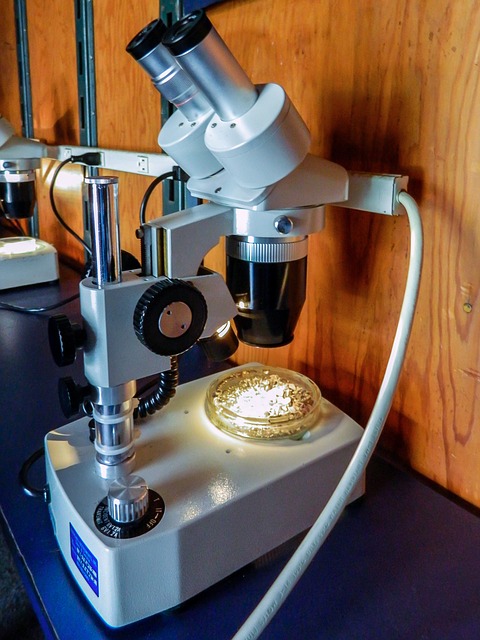
Go ahead and mock my Reynolds-Wrap-hat mentality, but I think there may be a government agency working against the interests of legitimate cannabis research.
Is it a conspiracy? Ha ha, no, it’s just the Drug Enforcement Administration, doing what they do best: getting in the way and slowing things down like three drunk frat bros on an escalator at 2 am—an exasperating situation filled with slow people making bad choices.
As we’ve covered here, the feds require researchers to only use cannabis grown by the University of Mississippi. Great football team—Roll Tide, right?—but the worst weed growers ever.
What they produce at U of M is closer to hemp than cannabis, which can significantly impact the research they perform with it, as it’s not the product cannabis users are actually consuming.
In 2016, the DEA announced they were opening up the application process to businesses that wanted to produce cannabis to be used by researchers. It’s now 1951, er, 2019, so that’s three years that the DEA has had to process the applications. We’re all busy, sure, but that seems like… a long time.
Some researchers were tired of working with the trim-room floor sweepings Ole Miss was churning out, especially as it shows up pre-ground, including leaves and stems. You know, just as we all buy and smoke it, fellow young people!
One researcher who was mad as hell and wasn’t going to take it anymore, Dr. Sue Sisley, filed a lawsuit against the DEA, as women are used to dealing with men agreeing to undertake a project but then making excuses for three years as to why the damn thing wasn’t yet started. (Other men. Not you, you’re great, potential angry online commenter.)
In June, Sisley filed a lawsuit asking that the Attorney General and the DEA be forced to process the applications they had received, which totaled 33.
Per Denver’s Westworld: “In the filing, Sisley claims that the DEA has created a monopoly around federally licensed marijuana research. By requiring that researchers only use marijuana from the University of Mississippi for their studies, she says, federally licensed marijuana researchers are limited to low-grade cannabis without proper variety.”
A month later, the federal courts ordered the DEA to explain themselves within 30 days.
So, after three years of stalling—and miraculously and in no way connected to the federal court order—the DEA announced just weeks later, “Hey everyone, we are gonna roll up our sleeves and start doing what we should have done three years ago: our goddamn jobs!” (Or words to that effect.)
They actually wrote in the press release, per Marijuana Moment: “DEA said the ‘unprecedented’ volume of inquiries makes it necessary to develop new regulations before approving pending applications.”
Yayyyyy—wait, what?
This whole “develop new regulations” thing? Um, you had three years. And when is 33 applications “unprecedented”? You’ve owned the sole supply of federal weed for more than 50 years—what were you expecting? NO ONE was going to apply?
This news didn’t garner much enthusiasm for many, including Erik Algeria, executive director of NORML, who told Marijuana Moment: “There is nothing in this new release that provides any sort of time-table as to when the agency intends to license these pending applications, some of which have been pending for well over two years,”
Someone else who wasn’t pleased? Dr. Sisley, whose lawyers filed a court brief, which Politico said “decried the latest maneuvers by DEA as a ploy designed to keep [Dr. Sissley’s] research application in ‘agency purgatory.’ It wants the court to issue an order requiring the DEA to start a process that would force it to make a decision on the application within a certain time frame.”
Politico also tells of a joint letter sent by the FDA and National Institute of Health that stated progressive attitudes and support for cannabis research, including endorsement of the idea that would allow federally approved cannabis researchers to buy cannabis products from licensed dispensaries, and do so without federal monies.
Doing this would allow researchers to use the actual products used by the people using said products. It’s crazy, but it just might work.

